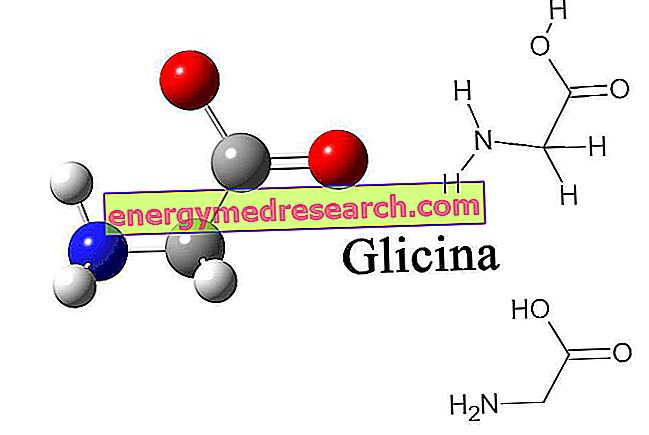
TURP stands for transurethral resection of the prostate, a surgical procedure aimed at removing a part of the prostate in men with benign prostatic hypertrophy.
TURP requires anesthesia (general or spinal) and involves the use of a special instrument - the resectoscope - which the surgeon inserts into the urethra and uses to dissect excess prostate tissue.
Once the necessary sections have been made, the procedure ends with urethral washes based on glycine, which serve to completely clean the urethra of prostate residues and blood clots.
Usually the washings are free of side effects, but it could happen (one case out of 100) that the urethral canal cells absorb the glycine-based solution and then pour it back into the blood. The occurrence of this situation leads to the appearance of a series of symptoms which, as a whole, constitute the TURP syndrome .
The symptoms that characterize the TURP syndrome at the beginning are: feelings of malaise, disorientation, vertigo, headache, ascites and bradycardia. The symptoms that, on the other hand, characterize the TURP syndrome in the advanced (or untreated) phase are: spasms, epilepsy attacks, dyspnea, cyanosis, chest pain and coma.


